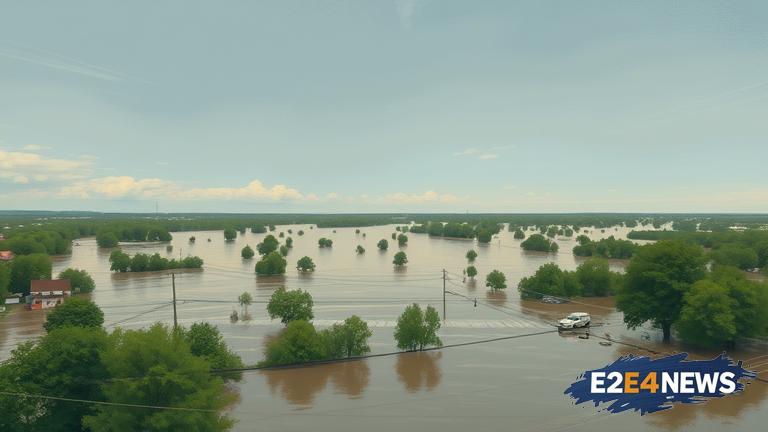The recent Texas floods have sparked a wave of media attention, with many outlets quick to blame climate change for the disaster. However, a more nuanced examination of the situation reveals that this narrative is not entirely supported by historical data and records. In fact, flooding in Texas is not a new phenomenon, and the state has experienced numerous significant floods throughout its history. For instance, the 1938 flood in Corpus Christi was one of the most devastating in the state’s history, with waters rising to over 10 feet in some areas. Similarly, the 1957 flood in Dallas caused widespread damage and displacement. More recently, the 2015 Memorial Day flood in Houston resulted in significant property damage and loss of life. Despite these historical precedents, many media outlets have been quick to attribute the recent floods to climate change, citing rising temperatures and increased precipitation as primary causes. However, a closer look at the data reveals that this correlation is not as clear-cut as it seems. While it is true that global temperatures have risen in recent decades, the relationship between climate change and flooding is complex and multifaceted. Other factors, such as land use changes, urbanization, and infrastructure development, also play a significant role in determining flood risk. Furthermore, historical records show that flooding in Texas has been a recurring phenomenon for centuries, long before the advent of modern climate change. The Native American tribes that originally inhabited the region were well aware of the flood risks and developed strategies to mitigate them. In contrast, modern development and urbanization have often prioritized economic growth over flood resilience, exacerbating the risks associated with flooding. In light of these findings, it is essential to approach the topic of Texas floods with a more nuanced and balanced perspective, recognizing the complex interplay of historical, environmental, and socioeconomic factors that contribute to flood risk. By doing so, we can work towards developing more effective strategies for mitigating and adapting to floods, rather than relying on simplistic or misleading narratives. Ultimately, a data-driven approach that takes into account the full range of factors contributing to flood risk is essential for building resilience and promoting sustainable development in Texas and beyond. The media and policymakers must be careful not to perpetuate misinformation or oversimplify the complex issues surrounding flooding, and instead strive to provide accurate and balanced information that reflects the full complexity of the issue. This requires a commitment to rigorous research, data analysis, and critical thinking, as well as a willingness to challenge prevailing narratives and assumptions. Only through such an approach can we hope to develop a more informed and nuanced understanding of the Texas floods and their causes, and work towards creating a more resilient and sustainable future for the state and its inhabitants.
